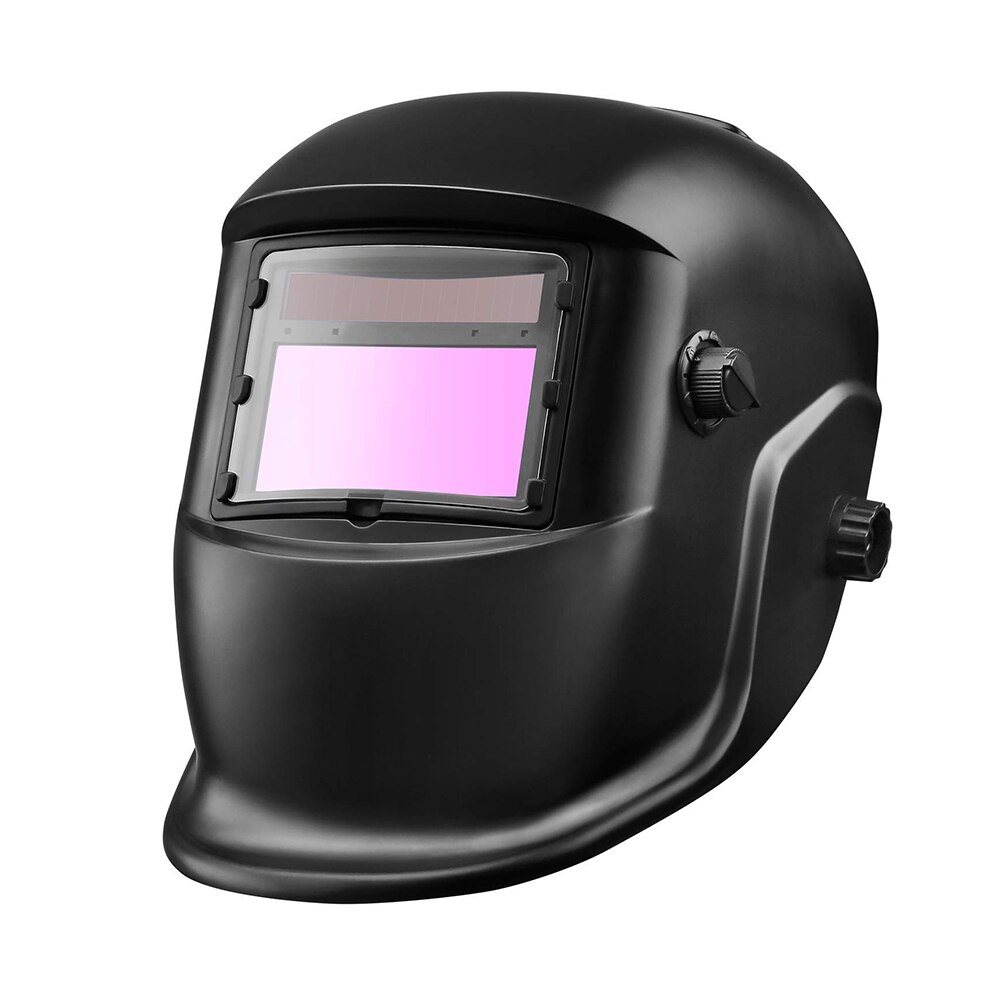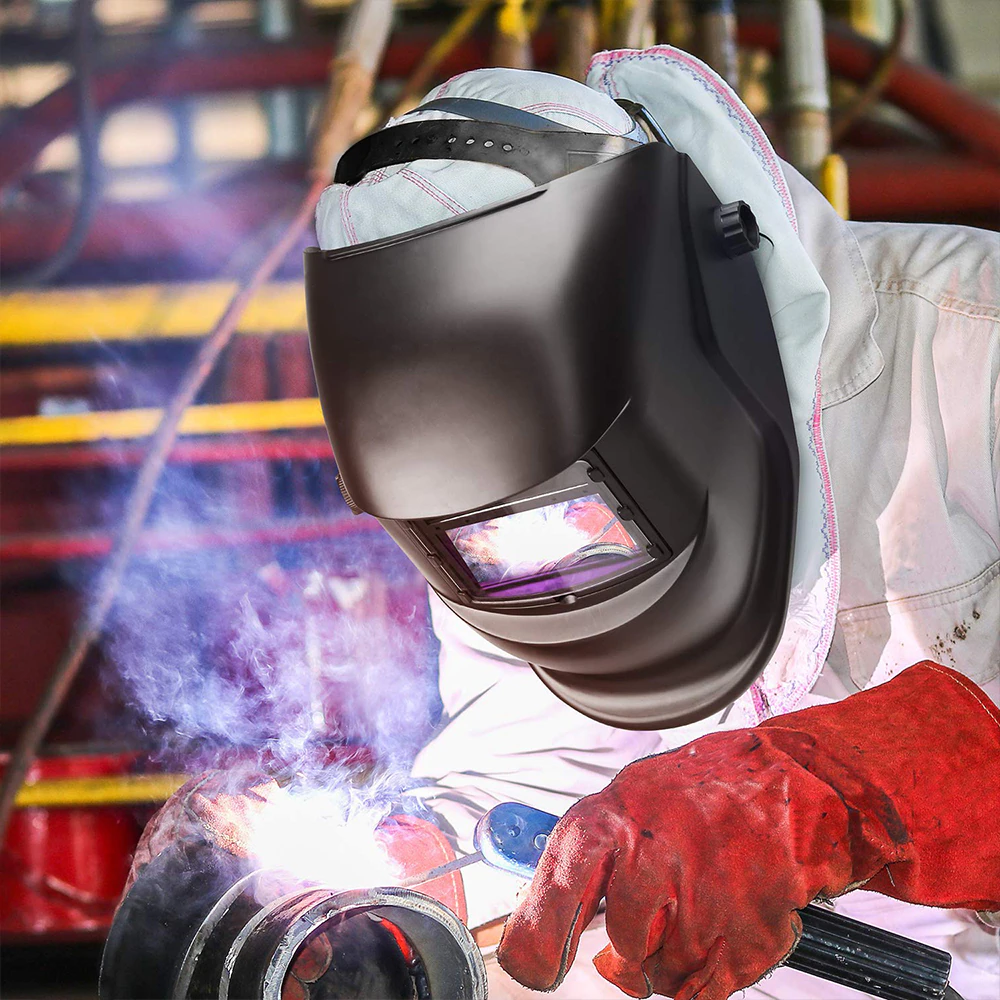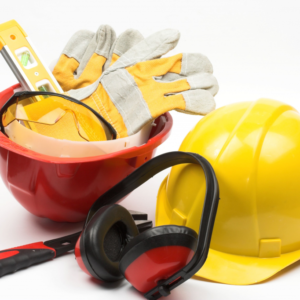Introduction
Welding is a common industrial process that involves joining metals using high heat and pressure. While welding is essential for creating strong and durable metal structures, it also poses significant risks to the welder’s health and safety. Welding produces intense heat, bright light, and harmful fumes that can cause serious injury if proper precautions are not taken. One of the most important safety measures in welding is wearing a welding mask or helmet. In this blog, we will discuss the importance of wearing a welding mask during the welding operation.
Protection from Harmful Radiation
Welding produces intense heat that can reach temperatures of up to 10,000 degrees Fahrenheit. This high heat produces harmful ultraviolet (UV) and infrared (IR) radiation that can cause severe burns to the welder’s eyes and skin. Welding masks or helmets are designed to protect the welder’s face and eyes from these harmful radiations. Welding masks have a filter shade that reduces the intensity of the light, allowing the welder to see the workpiece without being blinded by the bright light.
Protection from Harmful Fumes
Welding also produces harmful fumes and gases that can cause serious health problems if inhaled. These fumes can cause respiratory problems, lung diseases, and other health issues. Welding masks or helmets also have a filter that blocks out these harmful fumes and gases, protecting the welder’s respiratory system from the detrimental effects of welding fumes.

Protection from Debris and Sparks
Welding produces sparks and debris that can fly off in all directions, posing a significant risk to the welder’s eyes and face. These sparks and debris can cause serious injuries, including burns and eye damage. Welding masks or helmets have a visor that protects the welder’s face and eyes from these flying sparks and debris.
Compliance with Safety Regulations
Wearing a welding mask or helmet is not just a safety recommendation; it is also a legal requirement in many countries. Occupational safety and health administration (OSHA) requires welders to wear protective equipment, including welding masks or helmets, to ensure their safety on the job. Failure to comply with these safety regulations can result in fines and legal penalties.
In conclusion, welding is a hazardous activity that requires proper safety precautions to ensure the welder’s health and safety. Wearing a welding mask or helmet is one of the most essential safety measures in welding. Welding masks protect the welder’s face and eyes from harmful radiation, fumes, debris, and sparks. They also ensure compliance with safety regulations, preventing legal penalties and fines. Therefore, wearing a welding mask or helmet during welding operations is crucial to ensure your safety and health.


